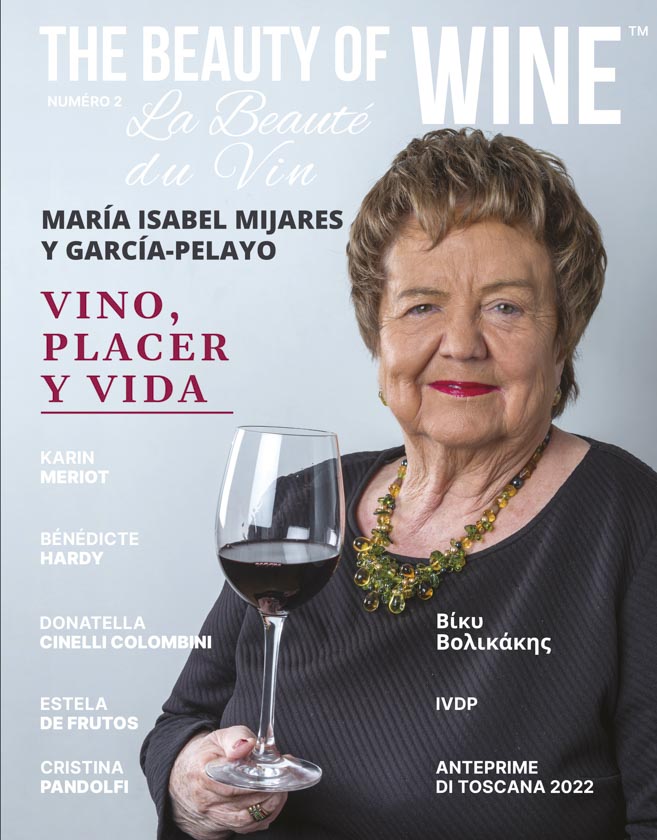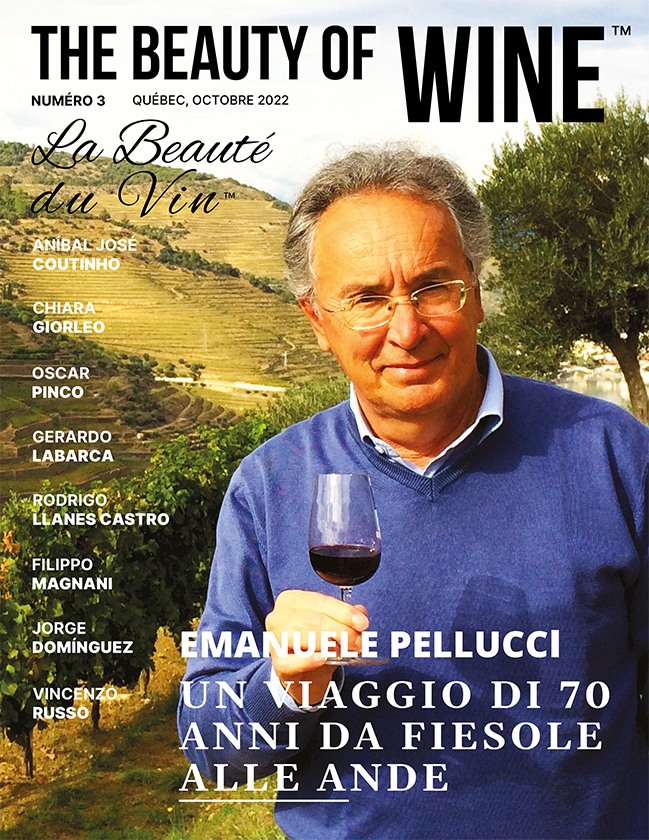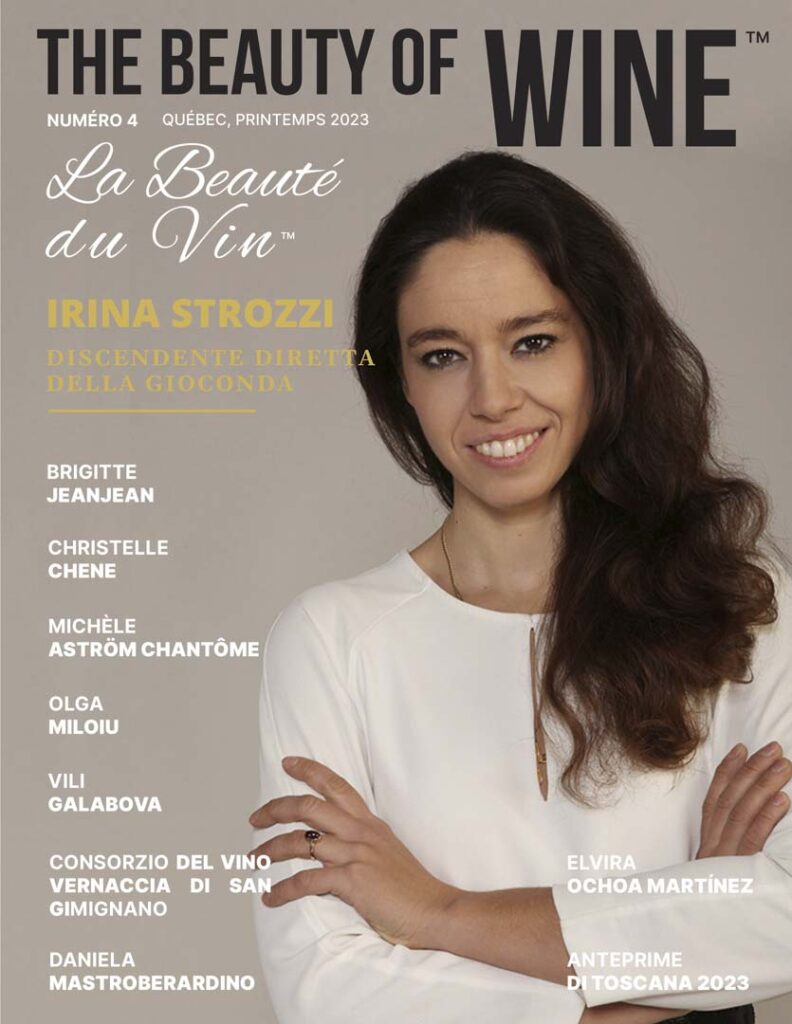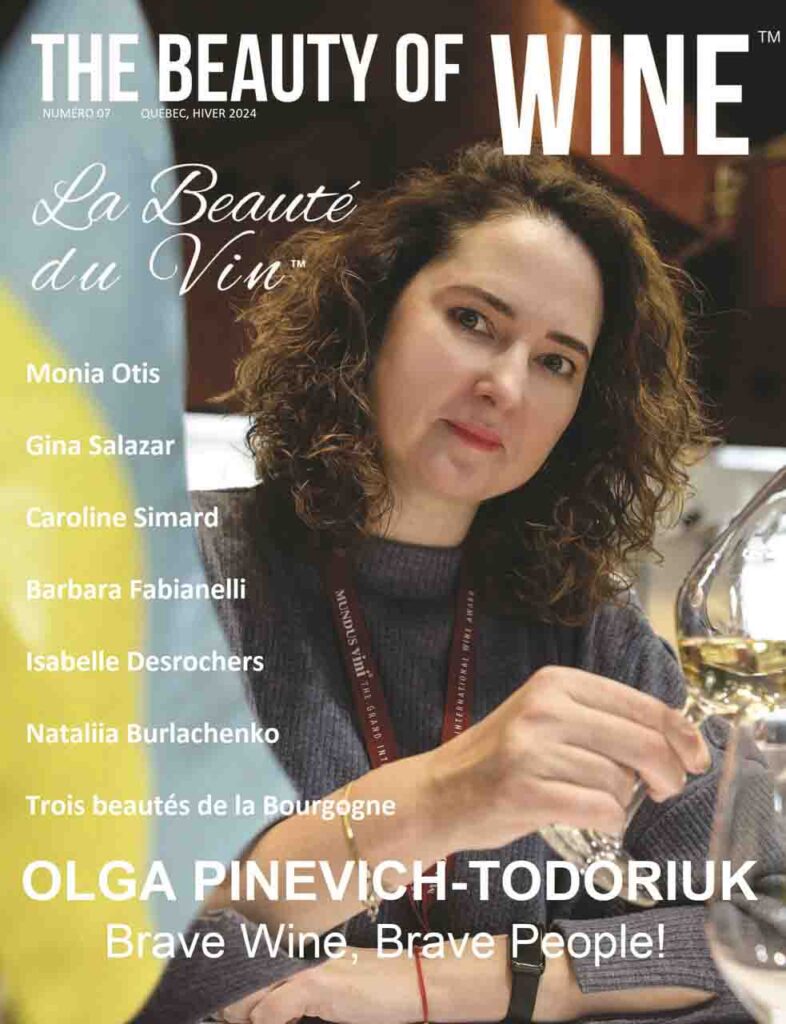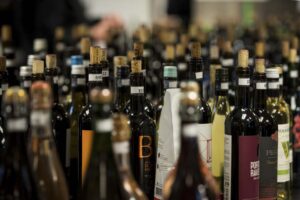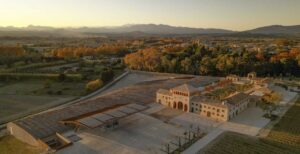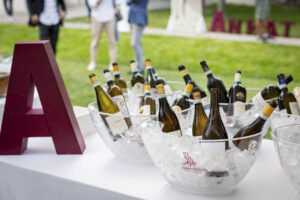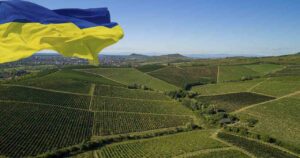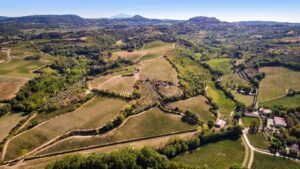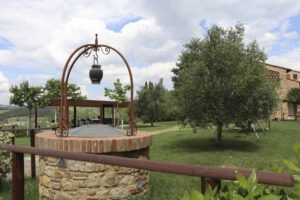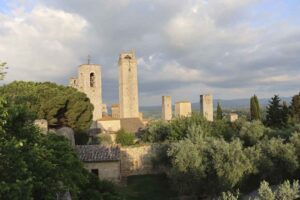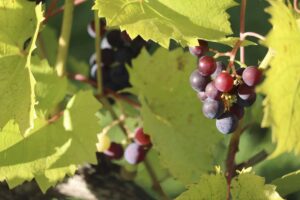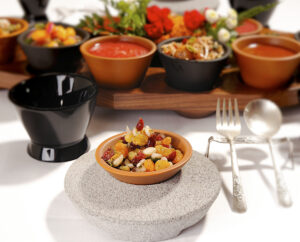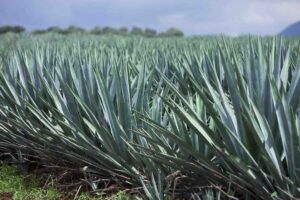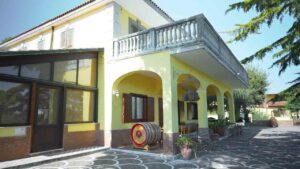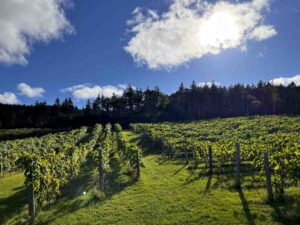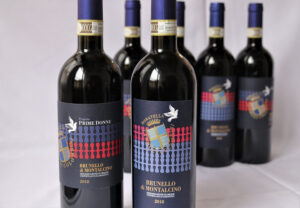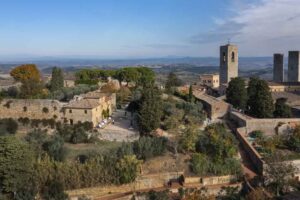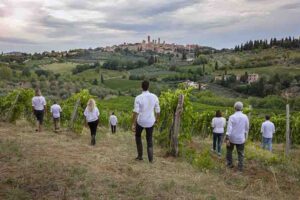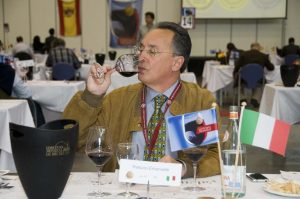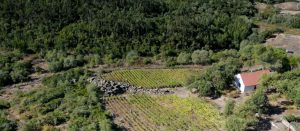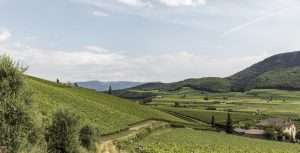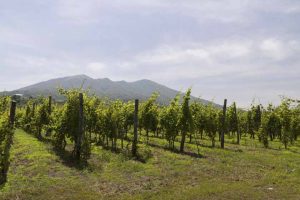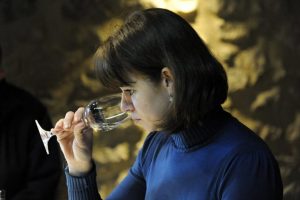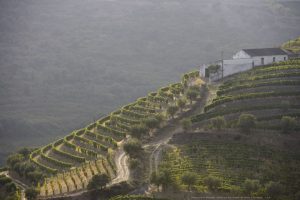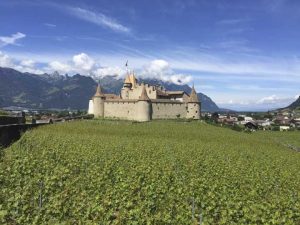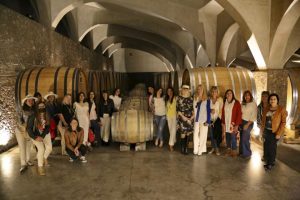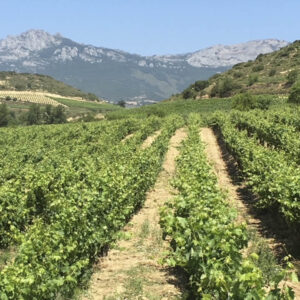Instituto dos Vinhos do Douro e do Porto

O Douro é simultaneamente rio, vinha e vinho. Situa-se no Norte de Portugal e atravessa o país, desde a fronteira espanhola até à cidade do Porto, banhada pelo Oceano Atlântico. A vinha, protegida dos ventos atlânticos pelas montanhas do Marão e Montemuro, estende-se por 250.000 hectares de solos xistosos com um clima que dá razão ao ditado popular «Nove meses de Inverno e três de inferno». De entre os vinhos, tranquilos e fortificados, destaca-se o famoso Vinho do Porto, desde há muito considerado como um dos vinhos mais emblemáticos do mundo. Presente há mais de três séculos nos mercados mundiais, é atualmente vendido em mais de 100 países.
Os socalcos, os patamares e a vinha ao alto conferem ao vale uma personalidade única no mundo, que contribui para a produção de vinhos de excecional qualidade.
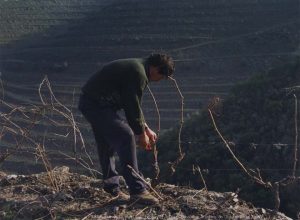
Uma combinação única de fatores – terroir, clima, vinha – tornou possível a esta bela região de Portugal, o Douro, produzir vinhos de perfis tão diversos, desde vinhos brancos secos, vibrantes e frutados, até aos Vinhos do Porto Vintage, robustos e encorpados, passando pelos tintos de excelência.
Em 2001, o tesouro foi revelado ao mundo, quando a região do Douro foi considerada Património da Humanidade pela UNESCO, na categoria de paisagem cultural, evolutiva e viva.
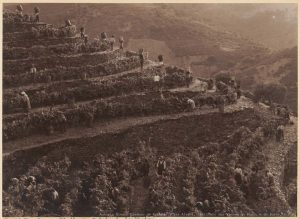
Um mundo de xisto e montanhas pontuados por picos de granito nos altos retrata esta região. Durante séculos, esta paisagem foi transformada em patamares com milhares de quilómetros onde foi e é possível plantar as vinhas e fazer crescer as uvas. Nada disto seria possível sem o trabalho hercúleo da gente do Douro e daquela que, de fora, veio trabalhar os socalcos e a terra.
Devido às características do terreno, a maior parte da apanha da uva durante a vindima ainda é feita à mão. Uma vez cheios, os caixotes pequenos utilizados na recolha das uvas são transportados manualmente vinha acima até camiões que depois levam a sua preciosa carga para a adega.
Os vinhos do Porto são produzidos pelo método de interrupção da fermentação com aguardente neutra de origem vitivinícola e apresentam entre 18% e 22% de álcool por volume, mantendo algum açúcar natural das uvas, que lhe confere um perfil doce e delicado. Apesar do elevado nível de açúcar residual, são dotados de uma estrutura e equilíbrio sendo cheios na boca, sem que sejam demasiado doces.
Embora haja vestígios de plantação de vinho desde os tempos do império romano, é no início da nacionalidade portuguesa, nos séculos XII e XIII, que se intensifica a produção de vinho nas terras durienses, para no século XVIII, a partir de uma crise profunda resultante da sobreprodução e da falta de qualidade, nascer a oportunidade, em 1756, de se criar no Douro a primeira região demarcada e regulamentada do mundo. A Companhia Geral da Agricultura dos Vinhos do Alto Douro nasceu por Decreto Real do Marquês de Pombal, primeiro-ministro à altura, tendo como objetivos estimular a produção, manter os preços e assegurar o prestígio do Vinho do Porto no estrangeiro, ao mesmo tempo que regulamentava o sector e condicionava a sua produção e comércio.
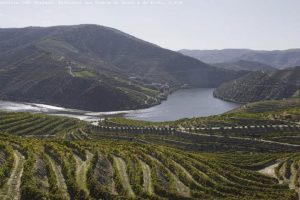
Porém, só na segunda metade do século XX e mais recentemente é que vinhos do Douro iniciam todo o seu esplendor. Na verdade, a vinificação dos vinhos da Região do Douro combina hoje a técnica mais sofisticada com séculos de tradição rigorosa. O método tradicional do Vinho do Porto era realizado através da pisa a pé em lagares retangulares de granito e produz, ainda hoje, vinhos com elevado potencial de envelhecimento. Hoje em dia, muitos enólogos recorrem cada vez mais ao aço inoxidável com temperatura controlada para retirar sabores mais delicados ao mosto. A combinação destes dois métodos dá maior complexidade aos vinhos: o vinho é armazenado em grandes vasilhas de madeira, cubas de aço inox ou em barris mais pequenos, chamados pipas ou cascos, onde envelhecerá graciosamente. Um casamento perfeito de vinho, madeira e tempo.
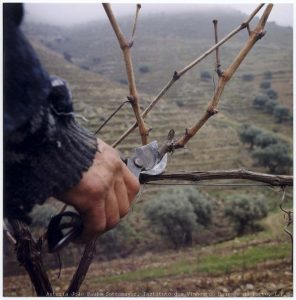
Embora exista uma multiplicidade de variações e de sabores, o Vinho do Porto classifica-se em quatro estilos principais, com base na cor e características de cada vinho. Os Porto Tawny têm um sabor divino graças ao contacto que adquirem com a madeira e o ar, após vários anos selados em pipas. Já os Ruby parecem caídos do céu, depois de um longo período em que permanecem selados em grandes cubas de aço inoxidável ou em madeira. Protegidos do ar, retêm o seu carácter primário, frutado e fresco durante muito tempo. Temos ainda os Porto brancos, versáteis e com grande amplitude de doçura e idade, e os Porto rosé, frescos e jovens, para aproveitar numa tarde de sol.
Destes quatro tipos, nasce a extraordinária paleta de cores, aromas e sabores que faz com que cada Vinho do Porto seja uma descoberta que só apetece partilhar.
Não há um momento para beber Porto, mas sim um Porto para cada momento, seja quando se procura relaxar, conversar ou, simplesmente, para acompanhar uma refeição.
Os Vinhos do Porto estimulam os sentidos e fazem com que cada momento seja especial e irrepetível.
Gilberto Igrejas
Presidente do Instituto dos Vinhos do Douro e do Porto, I.P.
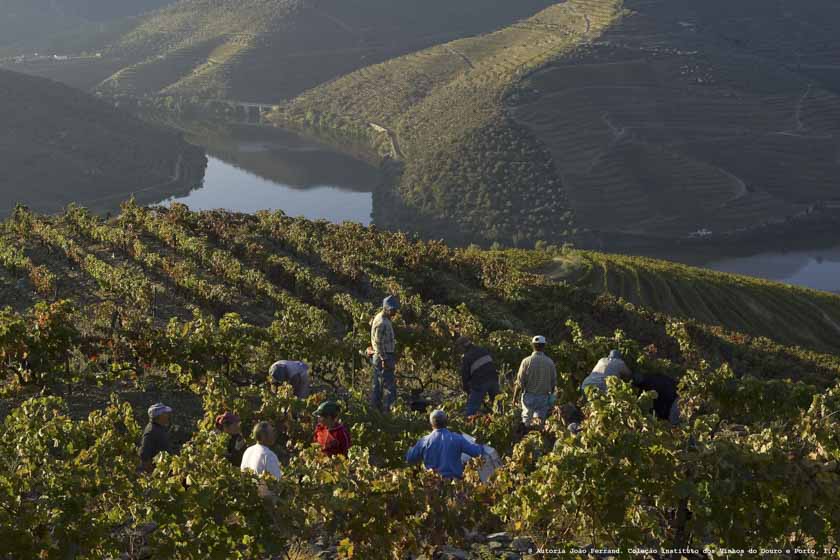

Institute of Douro and Port Wines

The Douro is simultaneously a river, a vineyard, and wine. It is located in the north of Portugal and crosses the country from the Spanish border to the city of Porto, which is bathed by the Atlantic Ocean. The vineyard, protected from the Atlantic winds by the mountains of Marão and Montemuro, extends over 250,000 hectares of schist soils with a climate that justifies the popular saying “Nine months of winter and three months of hell”. Among the wines, both still and fortified, the famous Port wine stands out, long considered one of the most iconic wines in the world. Present in global markets for more than three centuries, it is currently sold in over 100 countries.
The terraced slopes, plateaus, and high-altitude vineyards give the valley a unique personality in the world, which contributes to the production of exceptionally high-quality wines.

A unique combination of factors – terroir, climate, vineyard – has made it possible for this beautiful region of Portugal, the Douro, to produce wines with such diverse profiles, from dry, vibrant, and fruity white wines to robust and full-bodied Vintage Port wines, passing through excellent red wines.
In 2001, the treasure was revealed to the world when the Douro region was declared a World Heritage Site by UNESCO, in the category of cultural, evolutionary, and living landscape.

A world of shale and mountains dotted with granite peaks characterizes this region. For centuries, this landscape has been transformed into terraces with thousands of kilometres where it was and is possible to plant vines and grow grapes. None of this would be possible without the herculean work of the people of the Douro and those who came from outside to work on the terraces and the land.
Due to the characteristics of the terrain, most of the grape picking during the harvest is still done by hand. Once filled, the small boxes used to collect the grapes are manually transported uphill to trucks that then carry their precious cargo to the winery.
Port wines are produced by interrupting the fermentation process with neutral grape-based spirit and have between 18% and 22% alcohol by volume, while retaining some natural grape sugar, giving it a sweet and delicate profile. Despite the high level of residual sugar, they are endowed with a structure and balance that makes them full-bodied in the mouth, without being too sweet.
Although there are traces of wine cultivation since the times of the Roman Empire, it is in the early days of the Portuguese nationality, in the 12th and 13th centuries, that wine production intensifies in the Douro lands, to then give rise to an opportunity in the 18th century, stemming from a deep crisis resulting from overproduction and lack of quality, to create, in 1756, the world’s first demarcated and regulated region in the Douro. The General Company of Agriculture of the Wines of the Upper Douro was born by Royal Decree of the Marquis of Pombal, prime minister at the time, with the objectives of stimulating production, maintaining prices, and ensuring the prestige of Port wine abroad, while at the same time regulating the sector and conditioning its production and trade.

However, it was only in the second half of the 20th century and more recently that Douro wines began to show all their splendour. In fact, the winemaking of wines from the Douro region today combines the most sophisticated techniques with centuries of rigorous tradition. The traditional method of making Port wine was carried out through foot treading in rectangular granite tanks, and still produces wines with high aging potential. Nowadays, many winemakers increasingly use temperature-controlled stainless steel to extract more delicate flavours from the must. The combination of these two methods gives greater complexity to the wines: the wine is stored in large wooden vats, stainless steel tanks, or smaller barrels, called “pipas” or “cascos”, where it will gracefully age. A perfect marriage of wine, wood, and time.

Although there are multiple variations and flavours, Port wine is classified into four main styles based on the colour and characteristics of each wine. Tawny Ports have a divine flavour thanks to the contact they acquire with wood and air after several years sealed in barrels. On the other hand, Ruby Ports seem to have fallen from the sky after a long period of time sealed in large stainless steel or wooden vats. Protected from the air, they retain their primary, fruity, and fresh character for a long time. We also have white Ports, versatile and with a wide range of sweetness and age, and rosé Ports, fresh and young, to enjoy on a sunny afternoon.
From these four types, the extraordinary palette of colours, aromas, and flavours is born, making each Port Wine a discovery that you just want to share.
There is no specific moment to drink Port, but rather a Port for every moment, whether you are looking to relax, chat or simply accompany a meal.
Port wines stimulate the senses and make each moment special and unique.
Gilberto Igrejas
Presidente do Instituto dos Vinhos do Douro e do Porto, I.P.

Récents articles
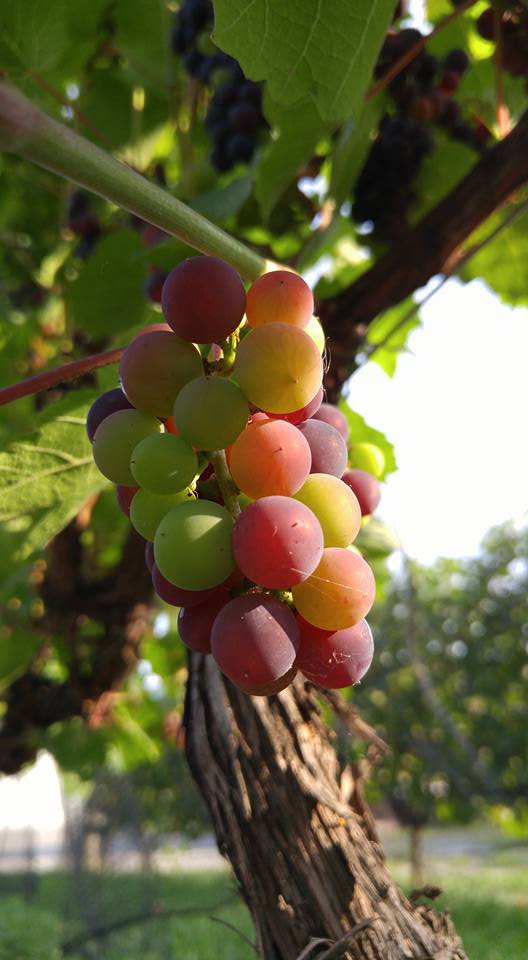
Stay tuned for new articles and industry trends !
Subscribe to our newsletter and make sure you don’t miss the publication new editions of the magazine!


